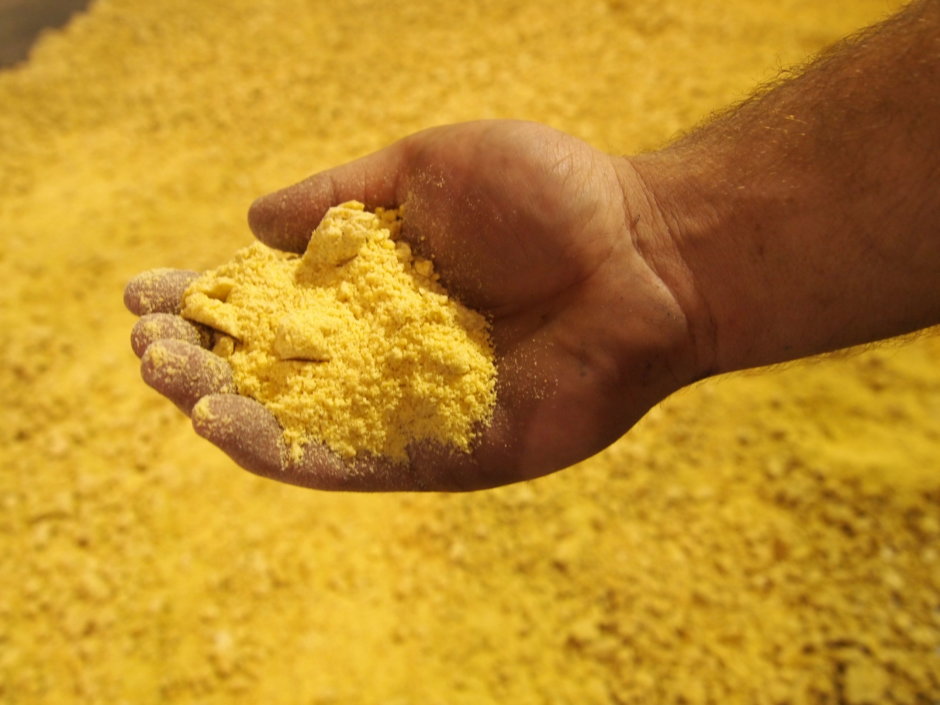Another Example: Knowing your Ingredients is Critical

We’ve discussed here before the importance of understanding your ingredients. Whether you’re making food products that require an ingredient with certain characteristics, such as a protein ingredient with a defined functional nature, or a properly-evaluated ingredient to enhance animal production, knowing your starting materials is crucial.
Recently, on several occasions, I’ve come across a unique soy flour that is available for making textured soy protein, among other things. It’s positioned this way because of a series of test results, which I found interesting because I’ve never before seen this combination of values.
This is a quote from a colleague on the flour characteristics:
“The flour is untoasted. The moisture level ranges between 8-10 %. We can work on the particle size and can provide you with the particle size that you specify (200 microns). The fat content is always less than 1.5%. The ash content is less than 7%. Acid insoluble ash is less than 0.3%. Protein content tops out at 54%. Crude Fiber maxes out at 3.5%. Urease Activity in MgN is in between 1.7-2.0. The NSI (Nitrogen Solubility Index) lies in between 60-75%. The PDI lies in between 70-85%. It is GMO negative.”
There’s a lot of data to evaluate, and it’s worth your time to understand what these values imply. First, we know that it’s soy flour, and not meal, because the particle size can be very low (200 microns). We also know that this is flour from a solvent-extraction process, due to the low fat content (< 1.5%), and this indicates that the flour was bathed in chemicals (solvents, often hexane) to remove the oil.
We also learn that the flour was not heated (untoasted), and this is also reflected in high values for PDI and NSI of the proteins. Higher PDI values indicate that the proteins are still very functional and can be easily used for texturization to make food products. This is likely the goal – produce highly-functional flours for the food industry.
But, there’s a potential problem here. Remember the hexane that was used to remove the oil? Typically, the flour is toasted to cook the soy after oil extraction, but also, to remove the residual hexane via evaporation before consumption. Not only is this important from a consumer marketplace point-of-view, but hexane is highly flammable if not handled properly.
This is more troubling when, following hexane extraction, the soy materials can contain anywhere from 26% to 39% residual hexane. This particular flour certainly does not contain this much hexane; however, the amount of residual hexane is unknown. And, the toasting process (used in part to get rid of hexane) is admittedly absent with this ingredient.
Always question your ingredient suppliers and think through what their data is telling you. Understand the process and what it does to the ingredients. Is it a chemical-based process, or a controllable, predictable, high-quality mechanical process like high-shear dry extrusion and mechanical oil pressing from Insta-Pro? Your customers and plant employees will thank you for the extra effort!

